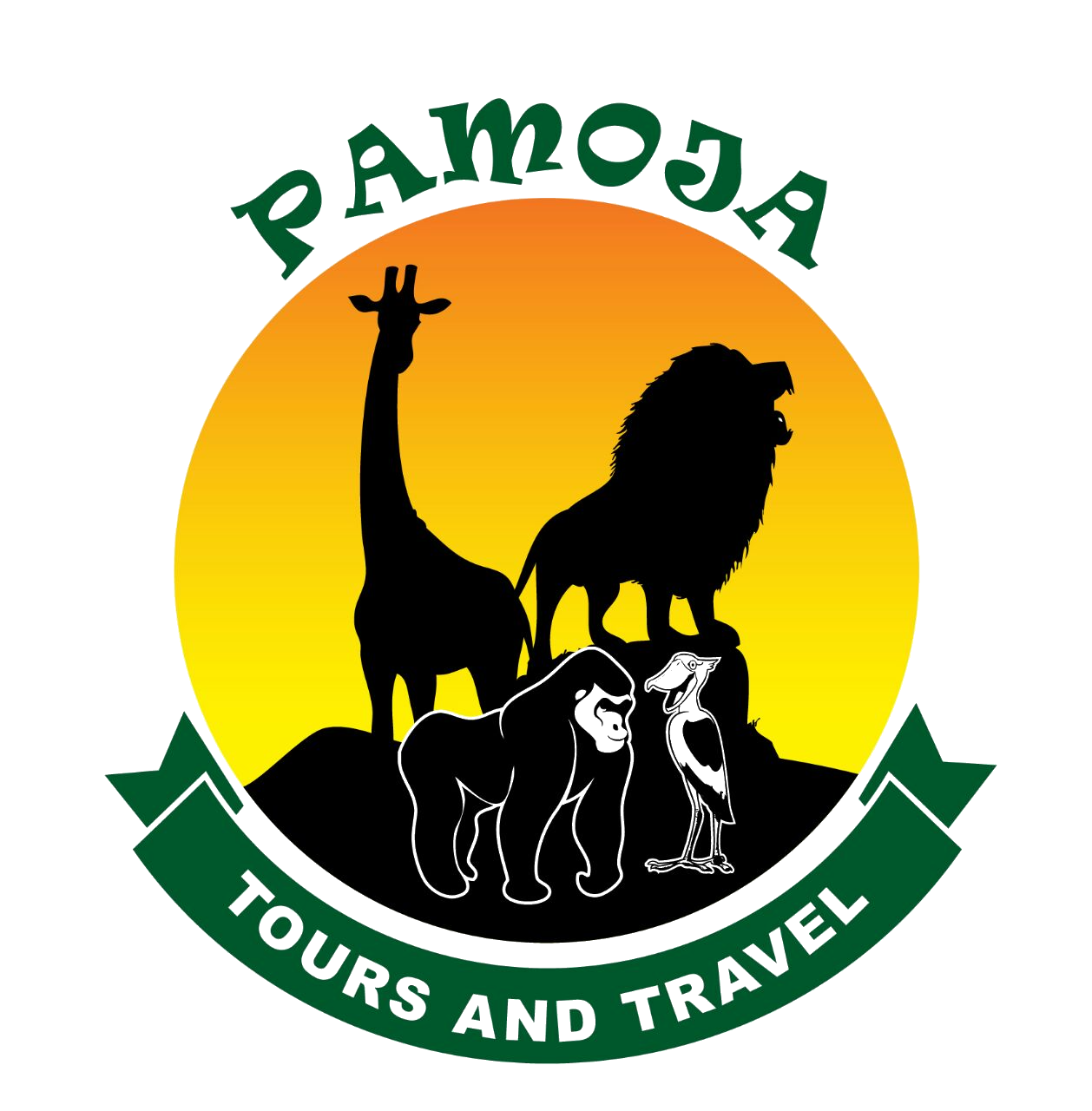
Self-Driving in Uganda’s National Parks: Permits and Regulations
Self-Driving in Uganda’s National Parks: Permits and Regulations. Uganda, often referred to as the Pearl of Africa, is renowned for its diverse wildlife, stunning landscapes, and pristine national parks. While embarking on a self-driving adventure through these parks can be an exhilarating experience, it is crucial to understand the permits and regulations that govern such excursions. This will delve into the details of these requirements, ensuring that your journey is both legal and enjoyable.

Understanding the Basics
Why Self-Drive?
Self-driving offers unparalleled flexibility and intimacy with nature. It allows travelers to explore at their own pace, make spontaneous stops, and immerse themselves deeply in the environment. However, this freedom comes with the responsibility of adhering to specific regulations to protect the wildlife and the park’s ecosystem.
National Parks in Uganda
Uganda boasts several national parks, including Bwindi Impenetrable National Park, Queen Elizabeth National Park, Murchison Falls National Park, and Kibale National Park, among others. Each park has its unique attractions and set of rules for visitors, particularly for those opting to self-drive.
Permits and Entry Requirements
Park Entry Permits
First and foremost, every visitor needs a park entry permit. These permits are issued by the Uganda Wildlife Authority (UWA) and can also be obtained at the park entrance or booked in advance online. The cost varies depending on the park and the nationality of the visitor. For instance, foreign non-residents typically pay higher fees compared to East African residents.
Vehicle Permits
In addition to personal entry permits, a vehicle permit is required. This permit covers the cost of bringing a vehicle into the park and is usually based on the type and size of the vehicle. It’s important to note that only 4×4 vehicles are recommended due to the rough terrain in most parks.
Special Permits for Activities
Certain activities within the parks require additional permits. For example, gorilla trekking in Bwindi Impenetrable National Park and Mgahinga Gorilla National Park necessitates a special gorilla permit. Similarly, chimpanzee tracking in Kibale National Park requires a chimpanzee permit. These permits are limited and should also be booked well in advance due to high demand.
Regulations and Guidelines
Driving Regulations
- Speed Limits: The speed limit within most national parks is typically 40 km/h. This limit is enforced to protect wildlife that may suddenly cross the roads and to ensure the safety of all park visitors.
- Designated Routes: Drivers are required to stick to designated tracks and roads. Off-road driving is strictly prohibited as it can damage the fragile ecosystem and disturb the wildlife.
- Driving Hours: Most parks have specific driving hours, often from dawn to dusk. Night driving is generally not allowed to avoid disturbing nocturnal animals and for safety reasons.
Environmental Regulations
- Littering: Littering within the parks is strictly forbidden. Visitors must carry all their waste out of the park. Littering not only spoils the natural beauty but also poses a threat to wildlife.
- Noise Levels: Maintaining low noise levels is crucial. Loud noises can disturb the animals and spoil the experience for other visitors.
- Wildlife Interaction: Direct interaction with wildlife is not permitted. Feeding animals or getting too close can alter their natural behaviors and pose risks to both the animals and humans.
Safety Regulations
- Stay in Vehicles: Visitors are required to stay inside the vehicles at all times except in designated areas. This rule is for the safety of visitors, as wild animals can be unpredictable.
- Guided Tours: For those unfamiliar with the parks or visiting for the first time, it is advisable to hire a local guide. Guides are knowledgeable about the park, know the best spots for wildlife viewing, and can enhance the overall experience.
- Emergency Protocols: Visitors should be aware of the emergency protocols in place. This includes knowing the location of the nearest ranger station and having emergency contact numbers readily available.

Planning Your Self-Drive Adventure
Preparing Your Vehicle
Ensure your vehicle is in excellent condition before embarking on a self-drive safari. Check the tires, brakes, and engine. Carrying a spare tire, extra fuel, and essential tools is also recommended, as service stations are sparse in and around the parks.
Packing Essentials
Pack sufficient water, food, and medical supplies. Binoculars, cameras, and field guides can enhance your wildlife viewing experience. Additionally, ensure you have a reliable map or GPS device.
Booking Accommodations
Many parks offer a range of accommodations, from budget campsites to luxury lodges. Booking in advance is essential, especially during peak seasons. Some parks also provide special camping permits for those who prefer a more adventurous experience.
Conclusion
In conclusion, self-driving through Uganda’s national parks is a thrilling way to experience the country’s natural beauty and wildlife. However, it requires careful planning and adherence to specific permits and regulations. By understanding and respecting these rules, you can ensure a safe, enjoyable, and environmentally responsible adventure. Self-Driving in Uganda’s National Parks: Permits and Regulations. Whether you’re tracking gorillas in Bwindi, spotting elephants in Queen Elizabeth National Park, or marveling at the waterfalls in Murchison Falls National Park, the journey promises to be an unforgettable one. Safe travels!
Related Posts;
